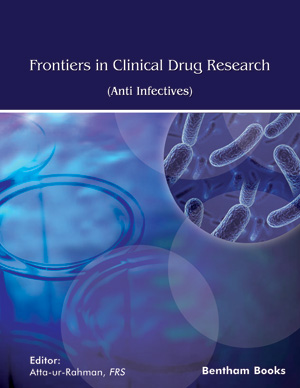Abstract
The incidence and severity of diarrhea associated with Clostridioides difficile increased exponentially worldwide until 2004. But during the last few years, a downward trend has been observed globally, except in some European countries and Asia.
Until recently, C. difficile was the primary cause of nosocomial infection following antibiotic exposure, presenting a high rate of mortality and morbidity. However, the emergence and spread of a hypervirulent strain (BI/NAP1/027) and an increase in the incidence of community-acquired C. difficile infection (CDI), especially in populations not previously considered at high risk, have contributed to alterations in the infection epidemiology. After initial treatment with broad-spectrum antibiotics, CDI recurrence is the cause of substantial morbidity, indicating that alternative strategies to the usual therapeutics are urgently needed. Several studies have investigated probiotics to assess their preventative and/or prophylactic effects on CDI, but their use is still controversial. Other anti-infective alternatives, such as bacteriocins and phage therapy, appear as promising answers for CDI treatment. This review explores the current therapy approaches and the advances in searching for alternative solutions to inhibit the opportunistic pathogen C. difficile.Keywords: Antibiotics, Antimicrobials, Bacteriocins, Bacteriophages, Clostridioides difficile infection (CDI), Fecal microbiota transplantation, Fidaxomicin, Monoclonal antibodies, Metronidazole, Non-toxigenic spores, Probiotics, Recurrent CDI, Synthetic polymers, Vaccines, Vancomycin.






















